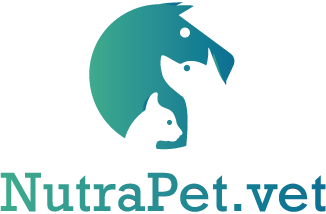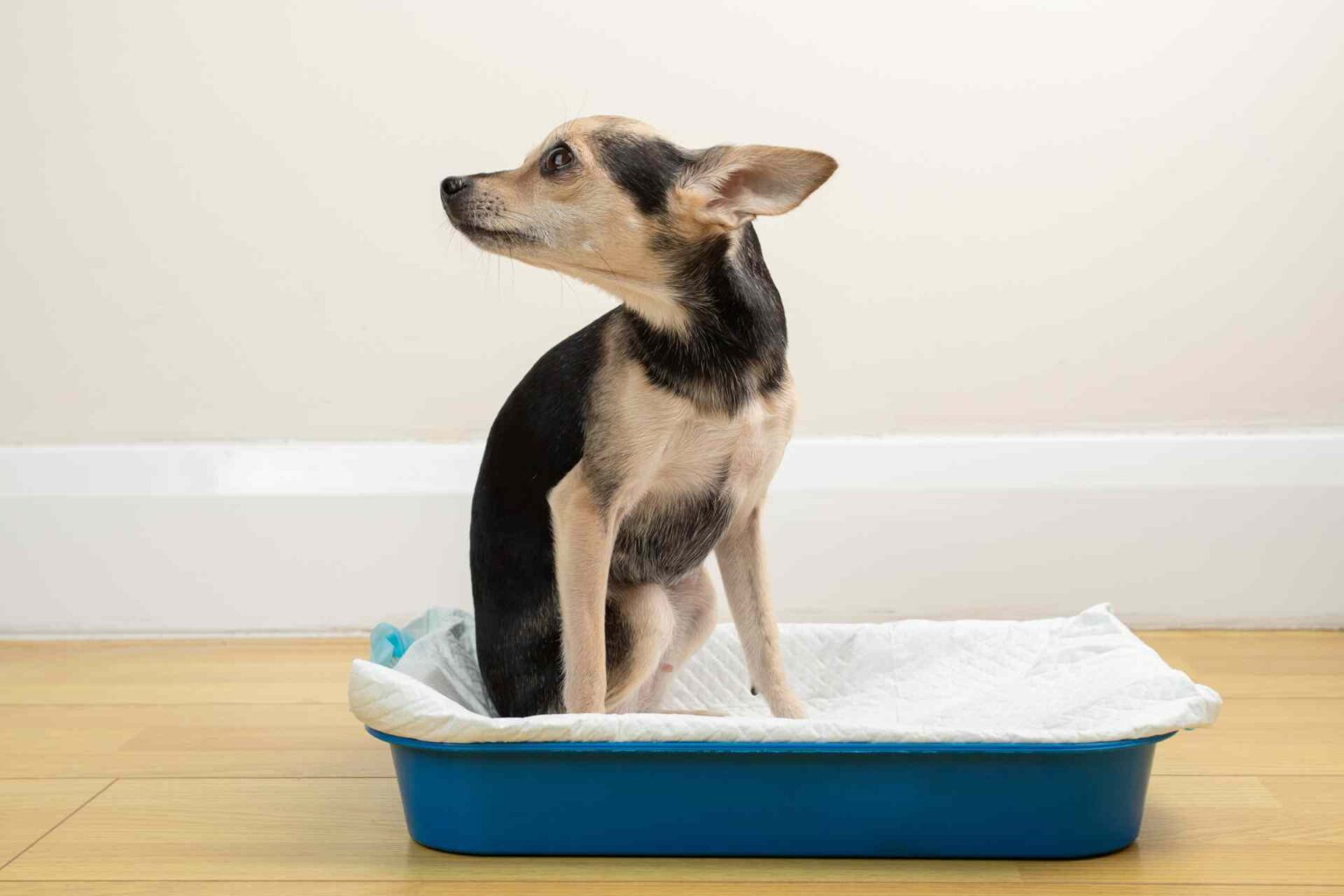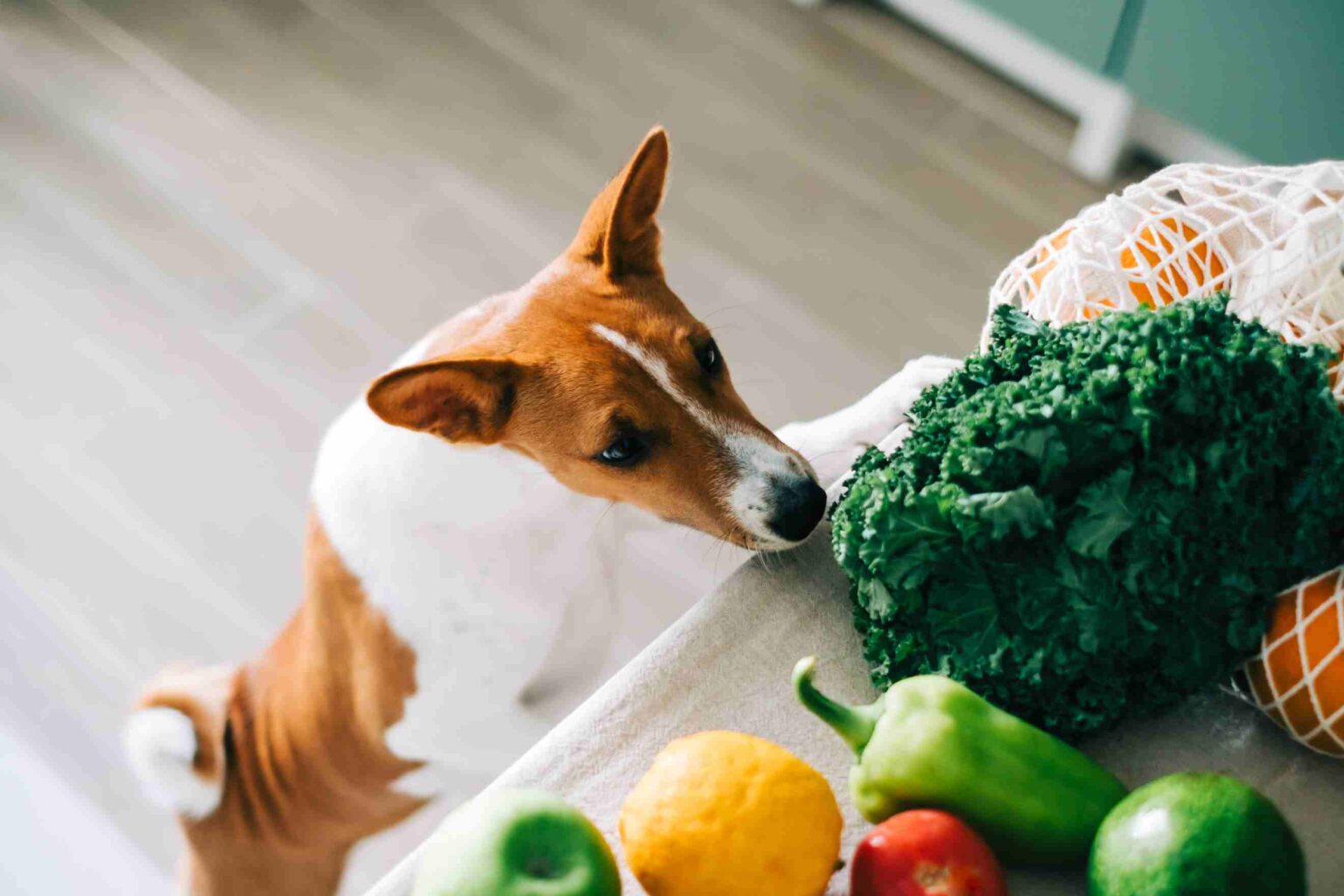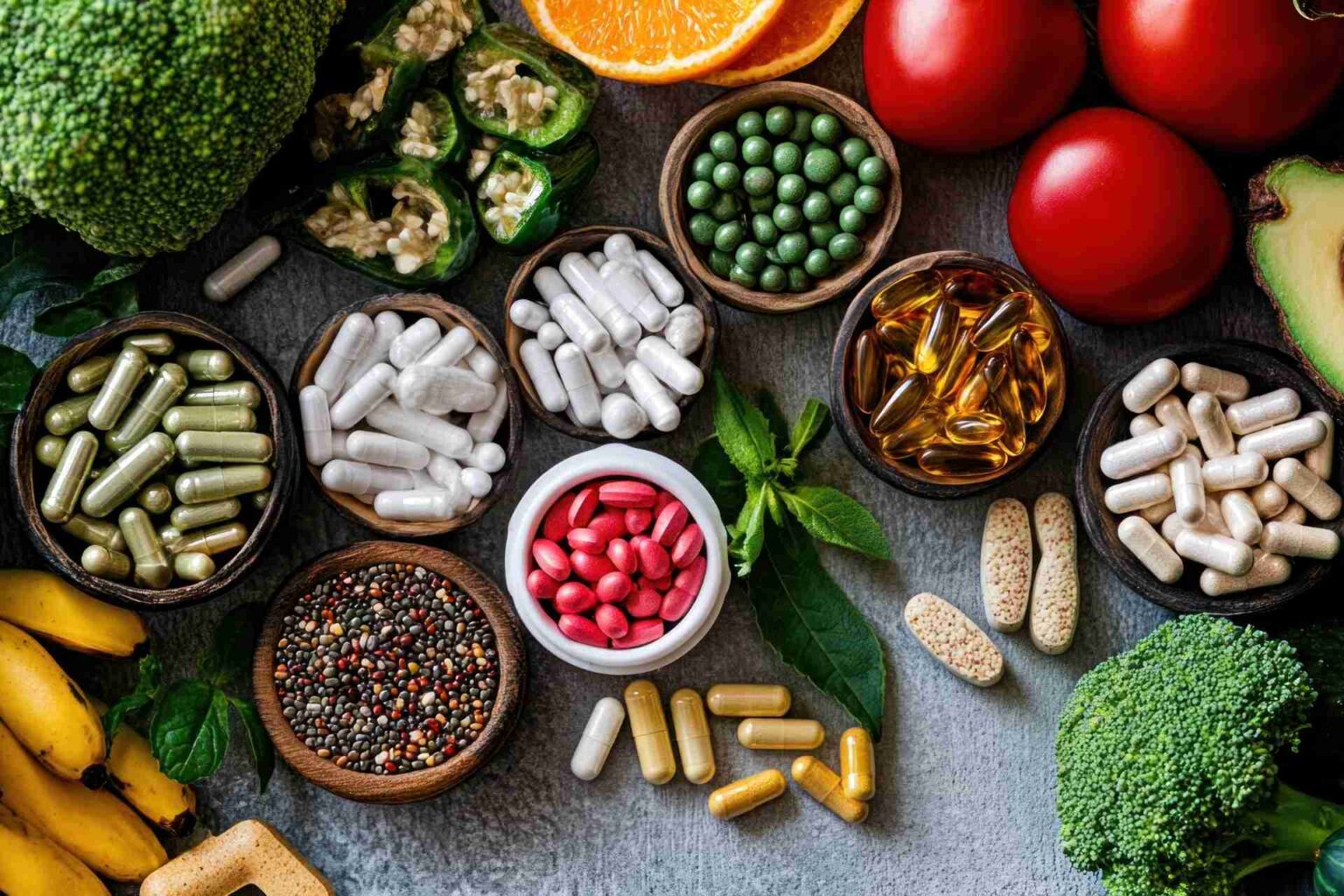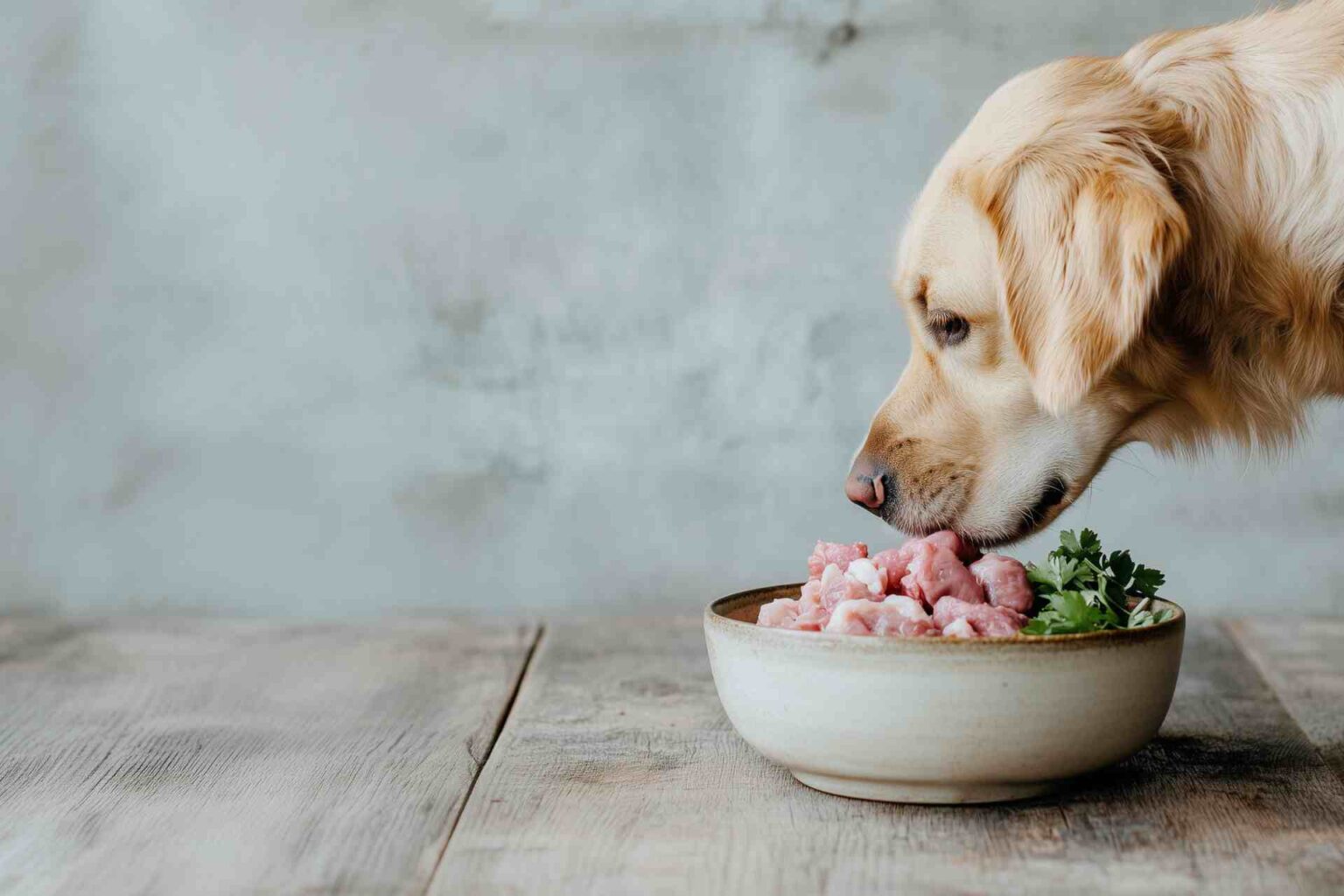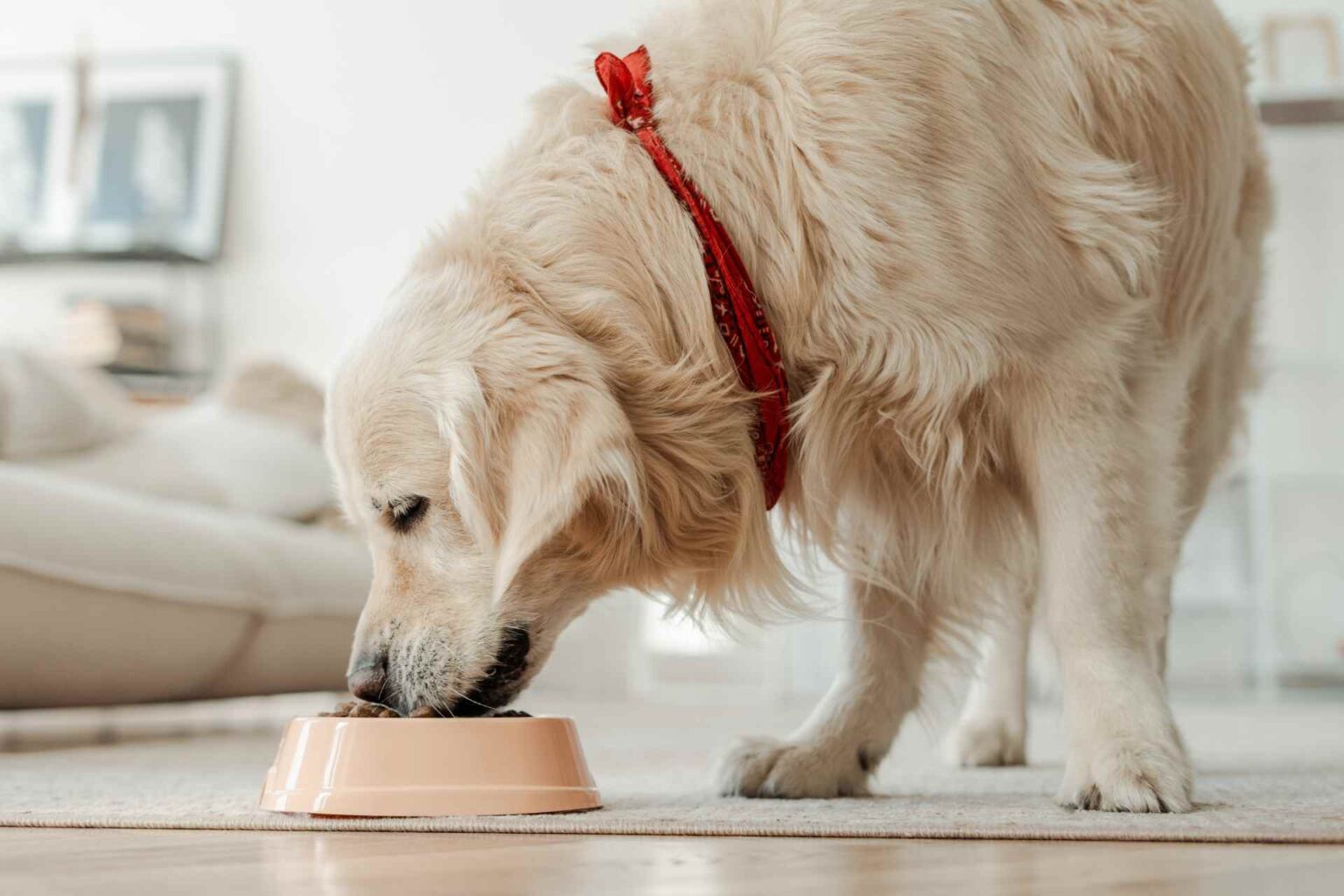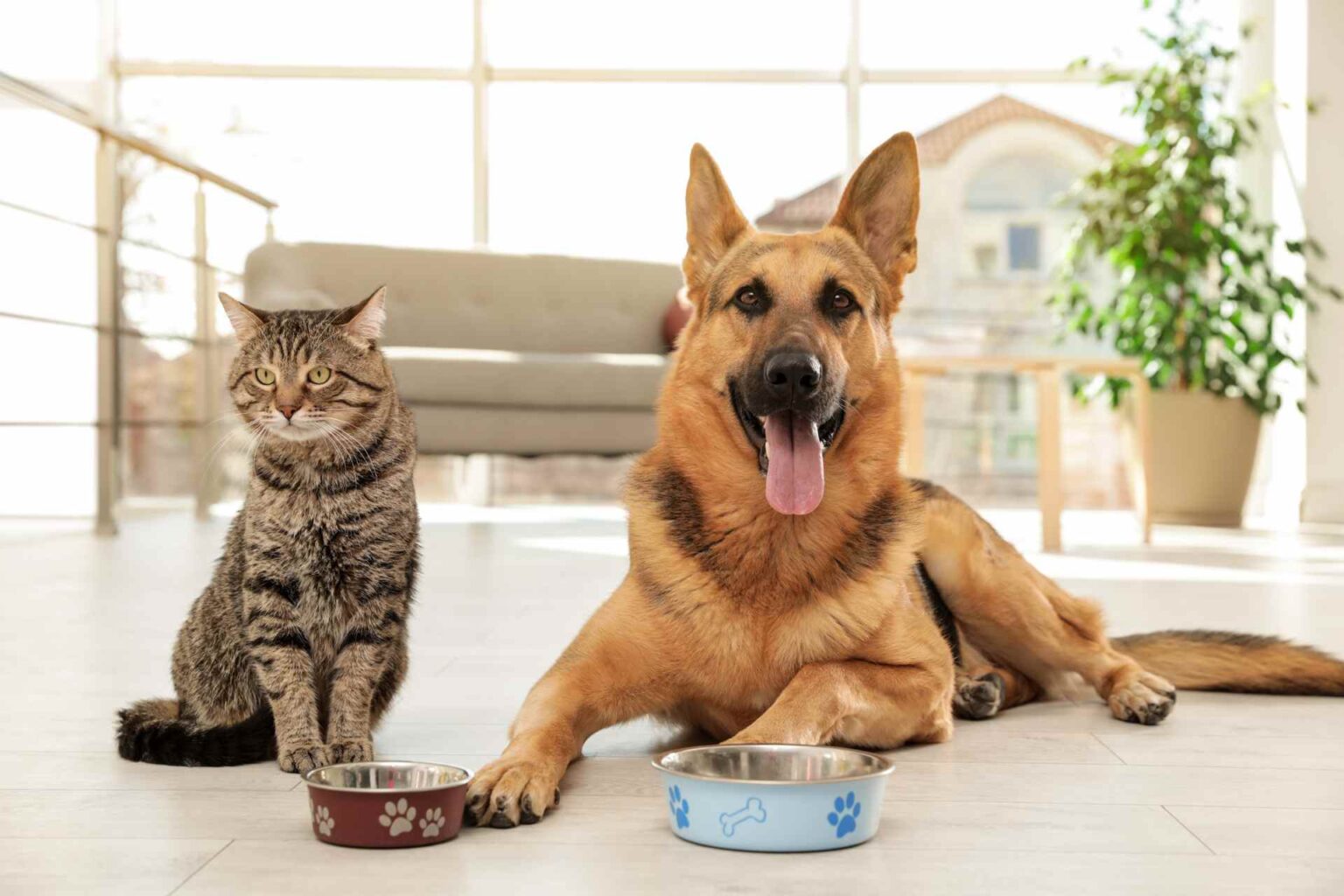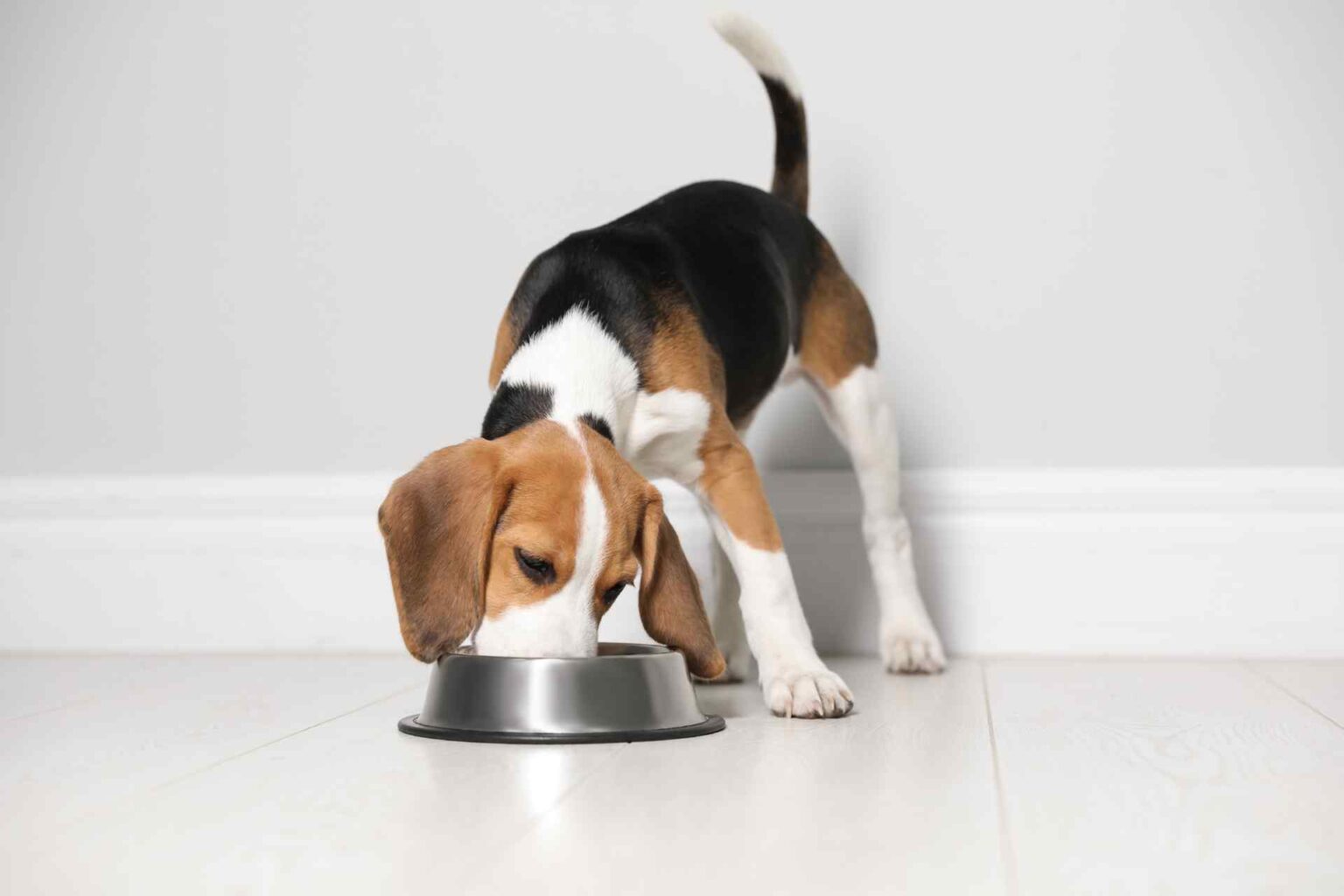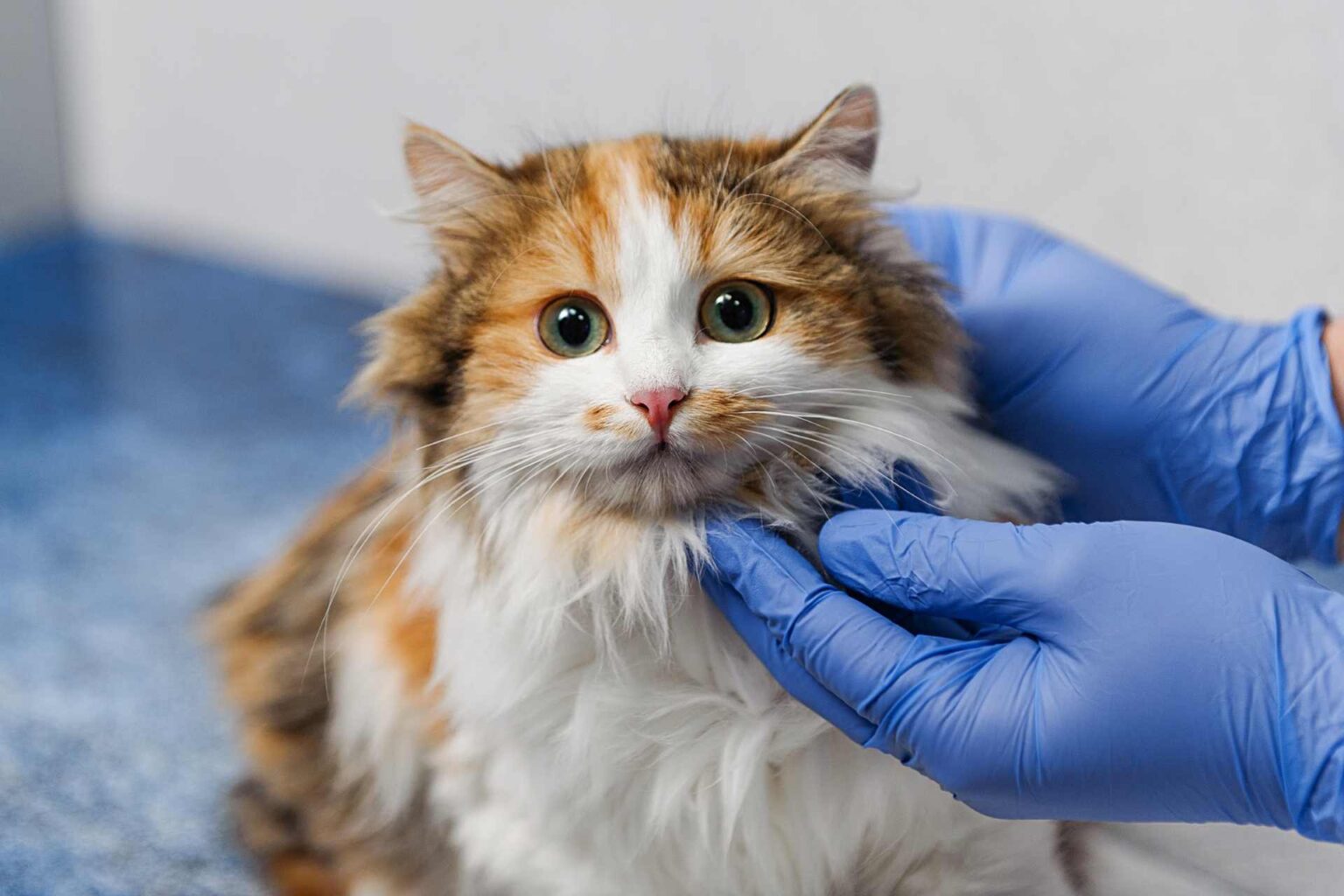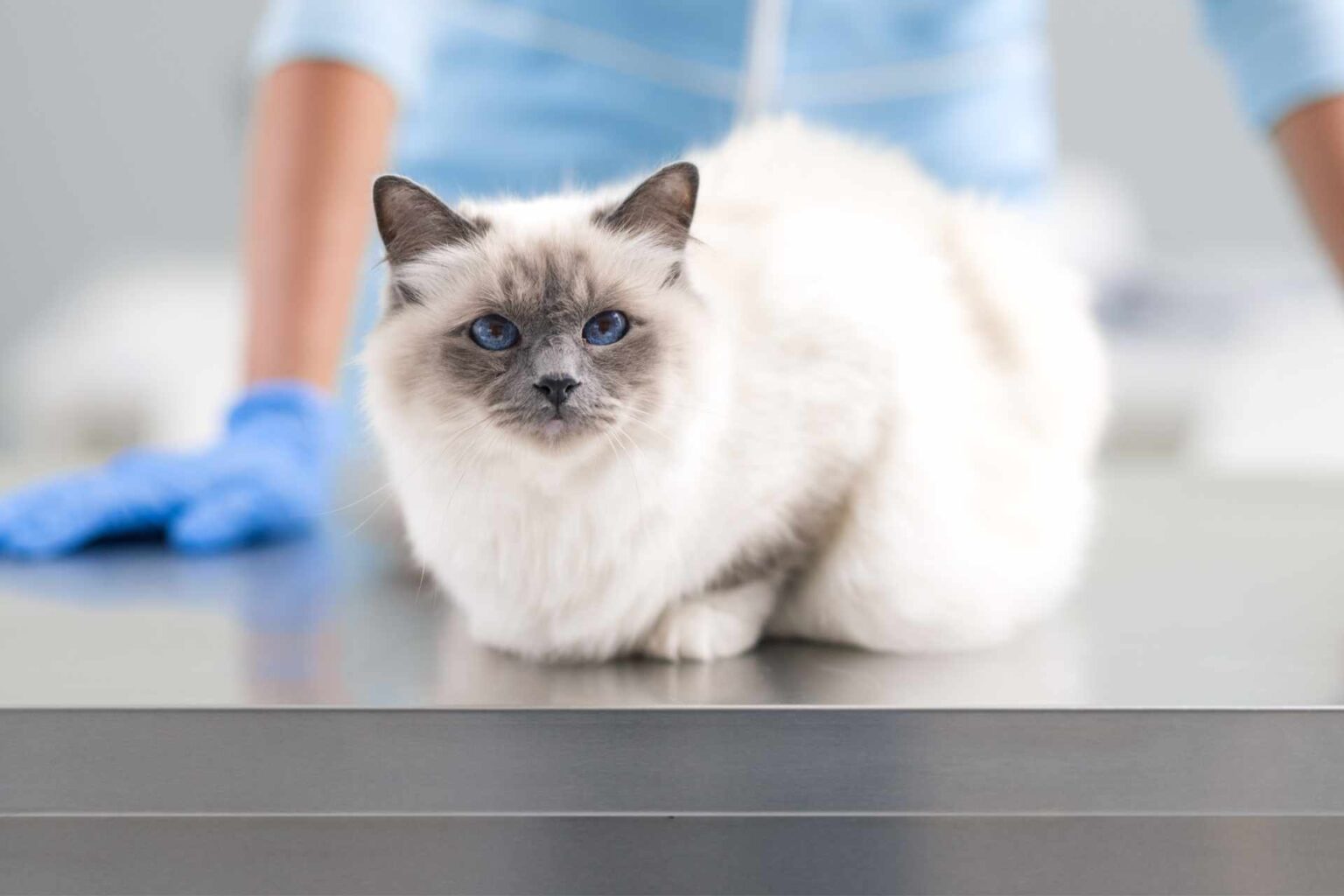From deforestation to overexploitation of the oceans and the use of genetically modified foods, the production of food for animal use has a not insignificant environmental impact.
This is also why, increasingly, insects are being considered as an alternative food source for various animal species. In fact, this hypothesis has found wide acceptance in the last decade, with particular emphasis on the use of insects such as the fly Hermetia illucens and the flour moth Tenebrio molitor because of their cost-effectiveness.
Moreover, this is a trend that should also be framed in light of the recent development of the market for foods derived from insect biomass not only in Asia and North America, but also in Europe where it has long been undervalued.
In a review of the literature published in the journal Animal Nutrition, a team of Polish authors took a detailed look at the opportunities and limitations surrounding the topic, with reference to both farm and companion animals.
Current limits to be overcome
Stressed that the European Union currently bans the use of manure, slurry, slaughter and catering waste to raise insects such as theH. illucens, the T. molitor, the common fly, the beetle Alphitobius diaperinus, the house cricket, sigillatus cricket and silent cricket, the review of Animal Nutrition Analyzes the possible nutritional limitations of processing insects, their nutritional properties in poultry and pig farms, as in aquaculture, but also their Use in hypoallergenic pet diets and their possible role in petfood.
In addition, the work also highlights what are the main factors today that do not allow for standardized products according to actual nutritional values, such as the Definition of nutrient requirements for invertebrates and biomass processing techniques, which may adversely affect the efficiency of insects as food.
Cornerstones for future research
As the review authors point out, further expansion of the use of invertebrates as an animal food source is also limited by the Lack of appropriate production technologies and by the lack of systemic solutions for the distribution and collection of food waste, which could be a source for having adequate amounts of biomass.
Today, therefore, insect-derived foods can be considered only as an additional functional food, which becomes a substitute for traditional food only in the case of hypoallergenic diets of companion animals.
In practice, net of current shortcomings-such as deficiencies in dedicated infrastructure and unambiguous quality requirements-the Polish review thus highlights a number of milestones from which the Further insights into the possibility of large-scale use of insects as a food source for animals: what currently appears to be a trend, in fact, in the not-so-distant future could turn into the need to exploit a resource that, at least in theory, could be more sustainable than those currently used.
Reference
Kierończyk B, Rawski M, Mikołajczak Z, Homska N, Jankowski J, Ognik K, Józefiak A, Mazurkiewicz J, Józefiak D. Available for millions of years but discovered through the last decade: Insects as a source of nutrients and energy in animal diets. Anim Nutr Vol. 11,2022,60-79. doi.org/10.1016/j.aninu.2022.06.015
